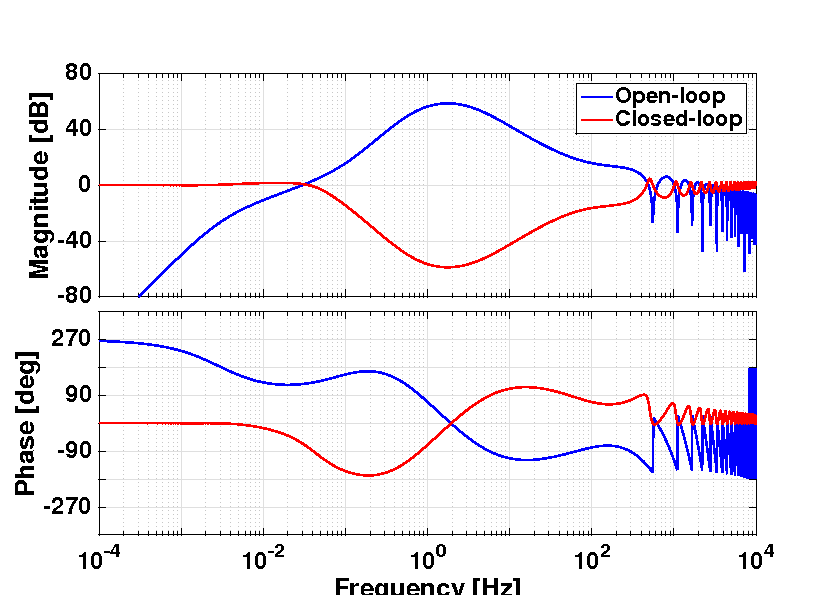Arm-Locking with the GRACE Follow-On Laser Ranging Interferometer
Abstract
Arm-locking is a technique for stabilizing the frequency of a laser in an inter-spacecraft interferometer by using the spacecraft separation as the frequency reference. A candidate technique for future space-based gravitational wave detectors such as the Laser Interferometer Space Antenna (LISA), arm-locking has been extensive studied in this context through analytic models, time-domain simulations, and hardware-in-the-loop laboratory demonstrations. In this paper we show the Laser Ranging Interferometer instrument flying aboard the upcoming Gravity Recovery and Climate Experiment Follow-On (GRACE-FO) mission provides an appropriate platform for an on-orbit demonstration of the arm-locking technique. We describe an arm-locking controller design for the GRACE-FO system and a series of time-domain simulations that demonstrate its feasibility. We conclude that it is possible to achieve laser frequency noise suppression of roughly two orders of magnitude around a Fourier frequency of 1Hz with conservative margins on the system's stability. We further demonstrate that `pulling' of the master laser frequency due to fluctuating Doppler shifts and lock acquisition transients is less than $100\,$MHz over several GRACE-FO orbits. These findings motivate further study of the implementation of such a demonstration.
- Publication:
-
arXiv e-prints
- Pub Date:
- October 2015
- DOI:
- 10.48550/arXiv.1510.02537
- arXiv:
- arXiv:1510.02537
- Bibcode:
- 2015arXiv151002537I
- Keywords:
-
- Astrophysics - Instrumentation and Methods for Astrophysics;
- General Relativity and Quantum Cosmology;
- Physics - Instrumentation and Detectors
- E-Print:
- Submitted to Physical Review D
